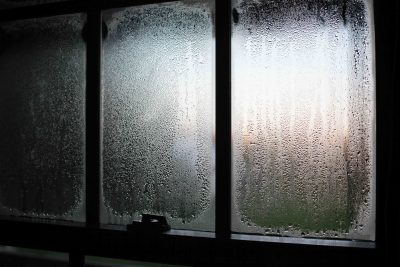Q: Will new windows reduce street noise and wintertime condensation? Our home was built in 1995 and still has the original windows. Will new windows reduce the increasing street noise coming into my home? Will they get rid of the condensation that develops on the inside face of the glass and between the window panes in cold weather?
A: New windows will probably reduce street noise, though no one can tell how much until the windows go in. The space between glazings in modern windows are often filled with argon gas because it offers better thermal insulation properties than dry air. But as you’ve discovered, the seal between panes can fail, letting moist air in to replace the argon. The kind of internal window condensation you see between panes of glass is a visible sign of this problem.
The difference in street noise you hear may come from increased traffic levels over time, or from areas around window frame seals that have developed leaks. A little gap can allow large amounts of sound indoors. If you’re cautious, you might try a few replacement windows on the street side of your home, just to see if you notice a difference in sound levels. If you decide to go ahead with window replacement, choose a model of window that meets the CSA A-440 standard for air and water tightness. Triple-glazed casement windows are one design that keep weather and noise out particularly well. If you’re Canadian, an organization called WindowWise lists approved window manufacturers. If you’re in the US, click here to check out the National Fenestration Council and their approved window products information.
 One more thing . . . if new windows do reduce the amount of outdoor air leaking into your home, this could actually increase the level of indoor humidity in your place during winter. If this increase is large enough, then more condensation than before could develop on the interior side of your new windows, even if condensation didn’t happen before.
One more thing . . . if new windows do reduce the amount of outdoor air leaking into your home, this could actually increase the level of indoor humidity in your place during winter. If this increase is large enough, then more condensation than before could develop on the interior side of your new windows, even if condensation didn’t happen before.
A considerable portion of homeowners who get new windows installed find that it actually increases window condensation, not decreases it. This isn’t the fault of the windows. In fact, it’s proof that the new windows are doing a better job than the old ones keeping drafts out. The solution to condensation on the inside surface of windows during winter is boosting levels of ventilation in your home, perhaps including the installation of a heat recovery ventilator (HRV). This ventilation appliance gives you the fresh air you need, without losing heat through leaky windows.
Click below to watch a video about window condensation and why it happens in cold climates.




